
Visa and entry requirements Serbia:
Passport not required
In Serbia, tourist trips lasting up to three months are visa-free.
Information from the Foreign Office about your trip to Serbia:
http://www.auswaertiges-amt.de/DE/Laenderinformationen/00-SiHi/SerbienSicherheit.html?nn=332636?nnm=332636
Serbia is a landlocked country in southeastern Europe with around 7.2 million inhabitants. The state is located in the center of the Balkan Peninsula and borders Hungary to the north, Romania and Bulgaria to the east, Macedonia, Albania and Kosovo to the south, Montenegro to the southwest and Bosnia and Herzegovina and Croatia to the west.
Serbia's very short history is characterized by its role as the largest state in the former Yugoslavia. After the collapse of the Socialist Republic of Yugoslavia in 2006, Serbia was founded as a parliamentary republic.
The country's largest cities include Belgrade, Novi Sad, Nis, Kragujevac, Subotica, Pancevo, Novi Pazar, Zrenjanin and Cacak. The official national currency is the Serbian Dinar, where 1 euro is equivalent to around 120 RSD.
Around 85% of the population are Serbs, the most significant minorities are Hungarians, Roma and Bosniaks. The main official language in Serbia is the Serbian Standard Language. Hungarian, Croatian, Slovak, Romanian and Albanian are also spoken sporadically. Since 2006, the Serbian language in Serbia has only been officially written in Cyrillic. The vast majority of the population professes Christianity.
The main tourist attractions of Serbia are the cities of Belgrade and Novi Sad, numerous health resorts, the Zlatibor mountains, Kopaonik and the Danube river. Furthermore, Serbia's landscape offers numerous fortresses and monasteries as well as several lakes and gorges, of which the "Iron Gate" is the largest. The majority of these special landforms are protected as national parks or nature reserves.
The city of Belgrade is the capital of the Republic of Serbia and, with around 1.3 million inhabitants, is one of the largest metropolitan regions in Southeastern Europe. With its various universities, colleges and scientific institutions, the capital is the largest educational center in the country. Belgrade is also the seat of the President and Government of Serbia as well as the seat of numerous authorities and ministries.
The favorable location in southeastern Europe with the two navigable rivers Sava and Danube earned Belgrade the title “Gate of the Balkans” and “Gate of Central Europe”.
The city of Belgrade offers an enormous number of sights from different eras of our time. Among the most important are the Cathedral of St. Sava, Sheikh Mustafa Türbe, St. Mark's Church, Belgrade Old Town, Belgrade Fortress, St. Mark's Church, Zindan Gate with its twin towers, Zoological Garden, Ferman Monument , the New Castle, the Sindikata Cathedral, the Government Building of Serbia, the Serbian Academy, the National Theater, the Equestrian Statue, the Avala Tower, the Saint Petkas Chapel and the Ada Bridge.
For the second stop on my big Balkan trip in August 2012, I traveled from Ljubljana, Slovenia, by train to Belgrade. Unfortunately the train was a bit late and I didn't arrive in Serbia's capital until late in the afternoon. So after arriving at the hotel there wasn't much time left until nightfall. After a relatively hasty exploration of the city with a final visit to a restaurant in the beautiful old town of Belgrade, the next day we took the train to Sarajevo in Bosnia and Herzegovina.

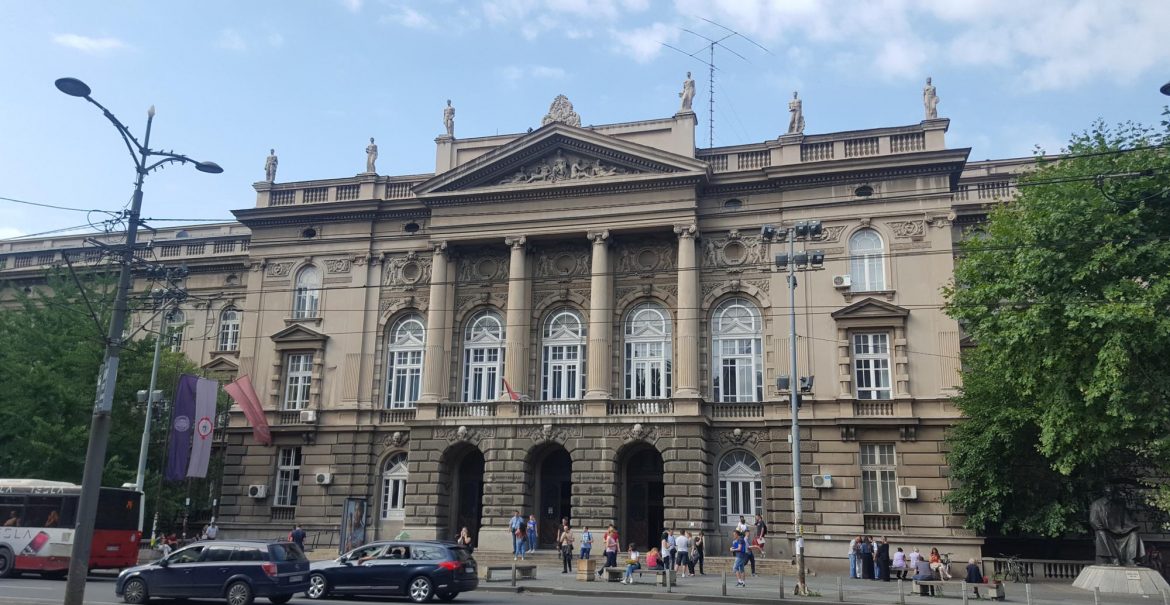










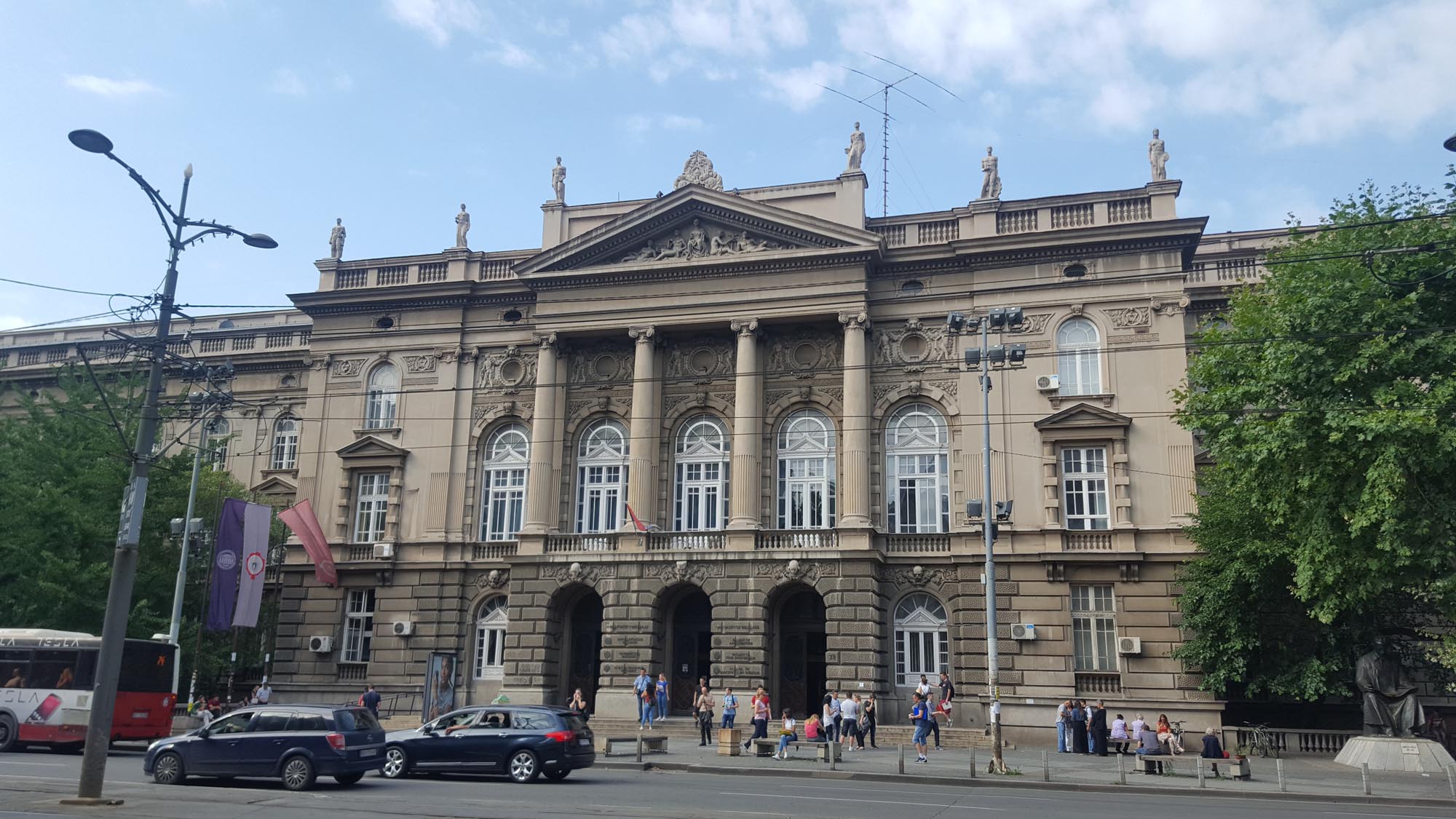
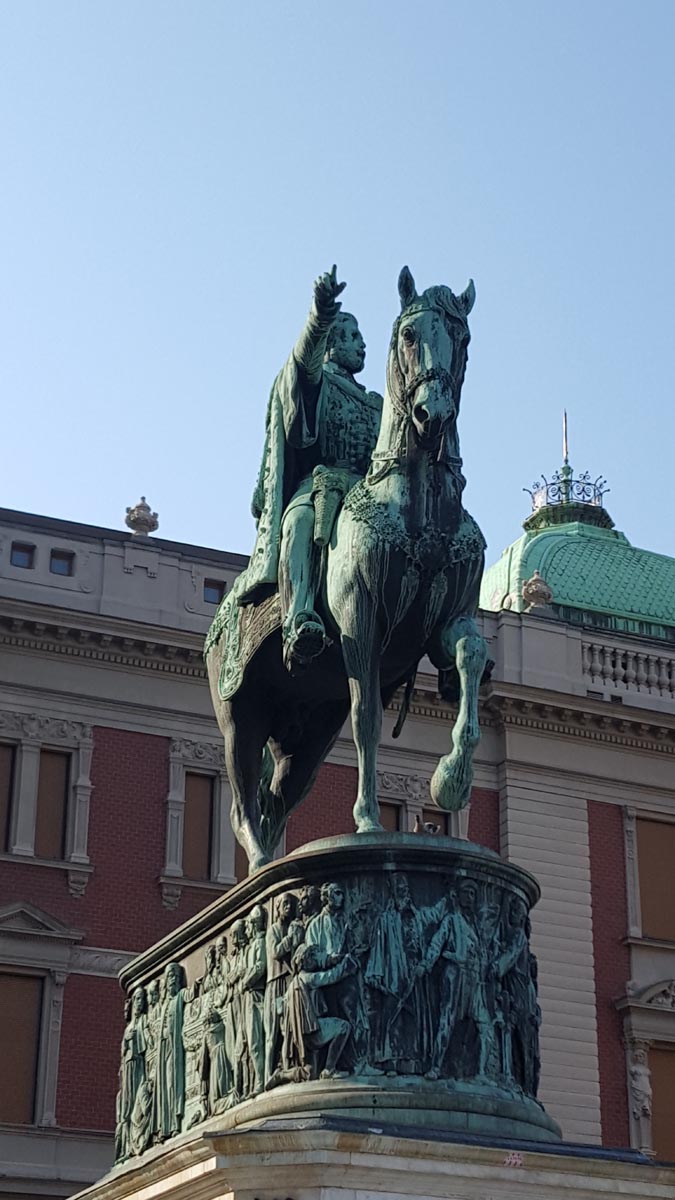



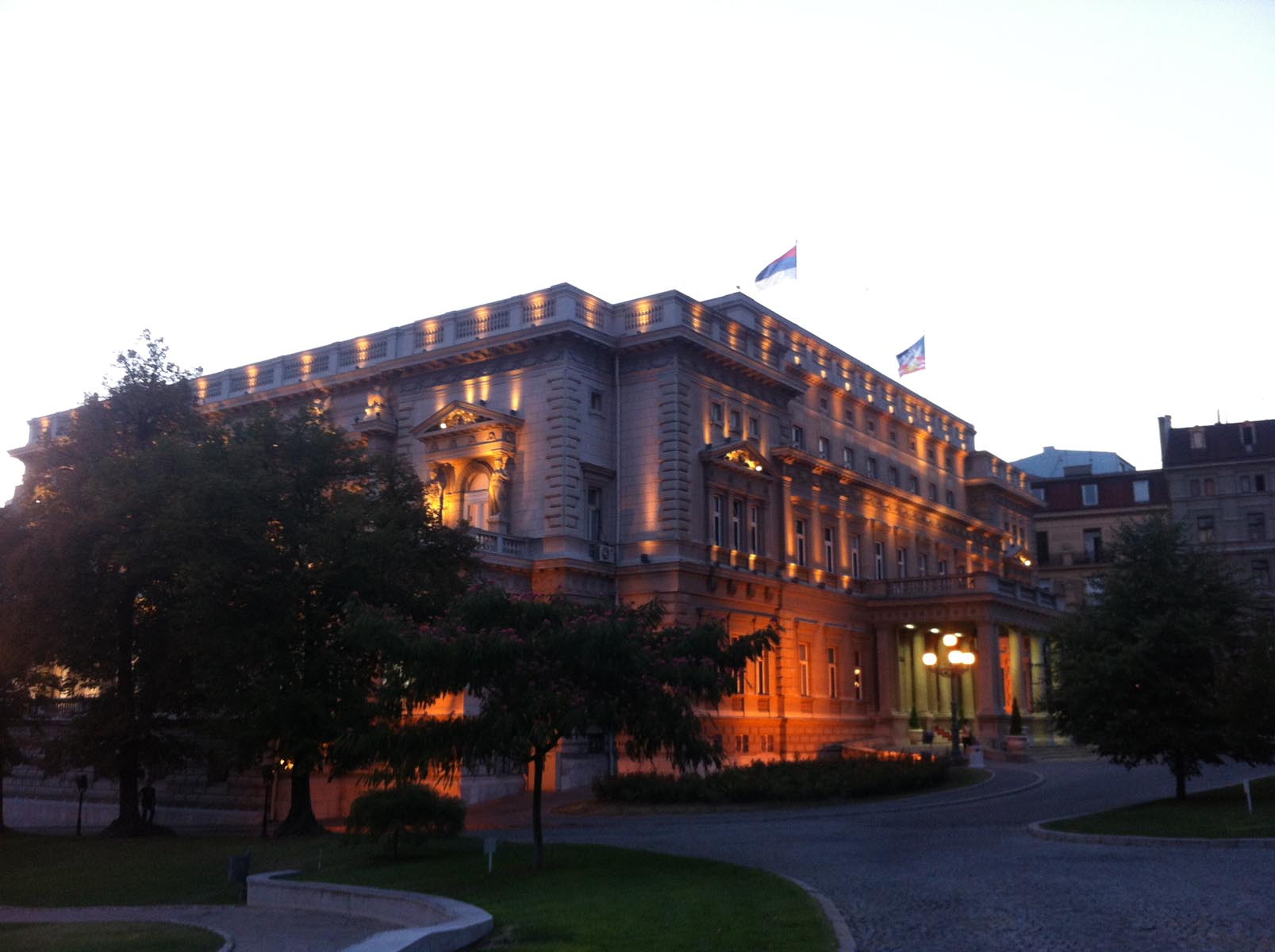




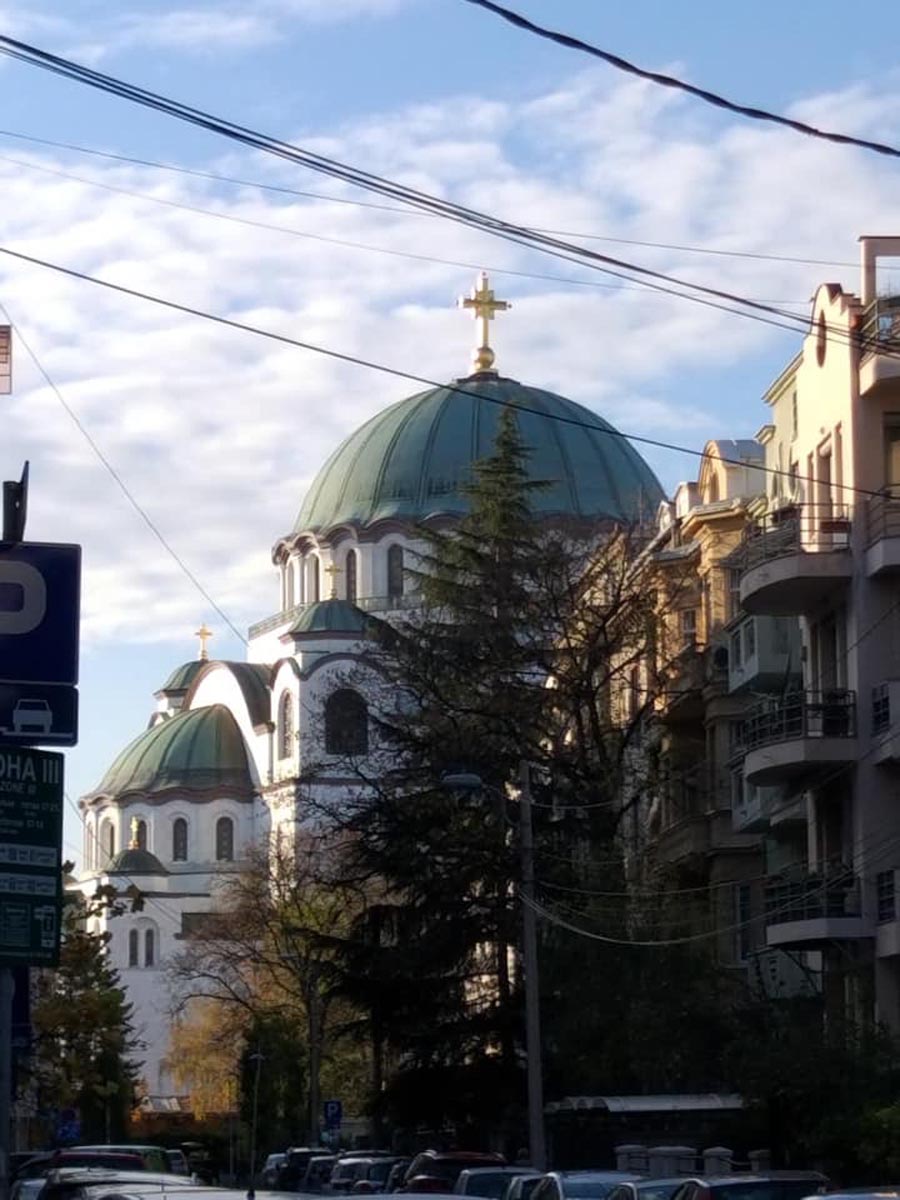
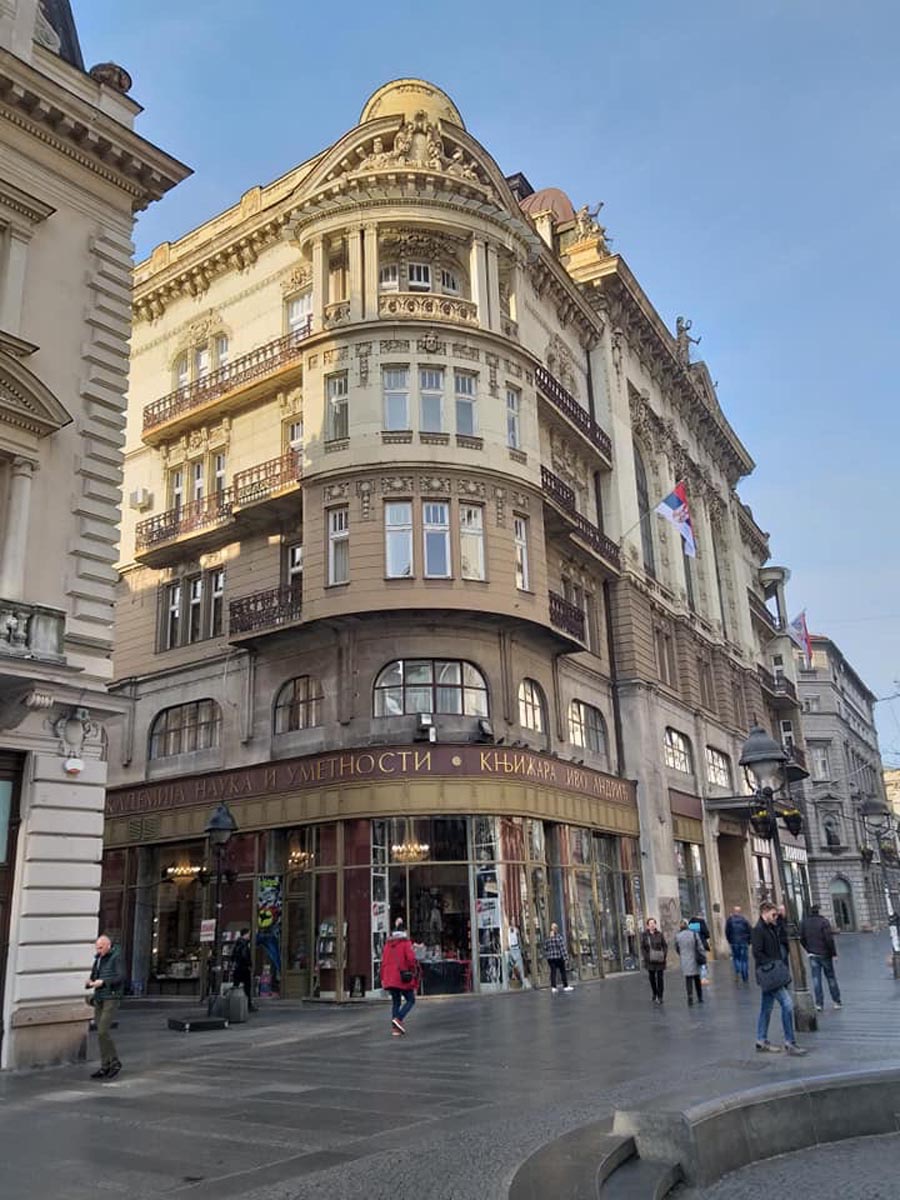
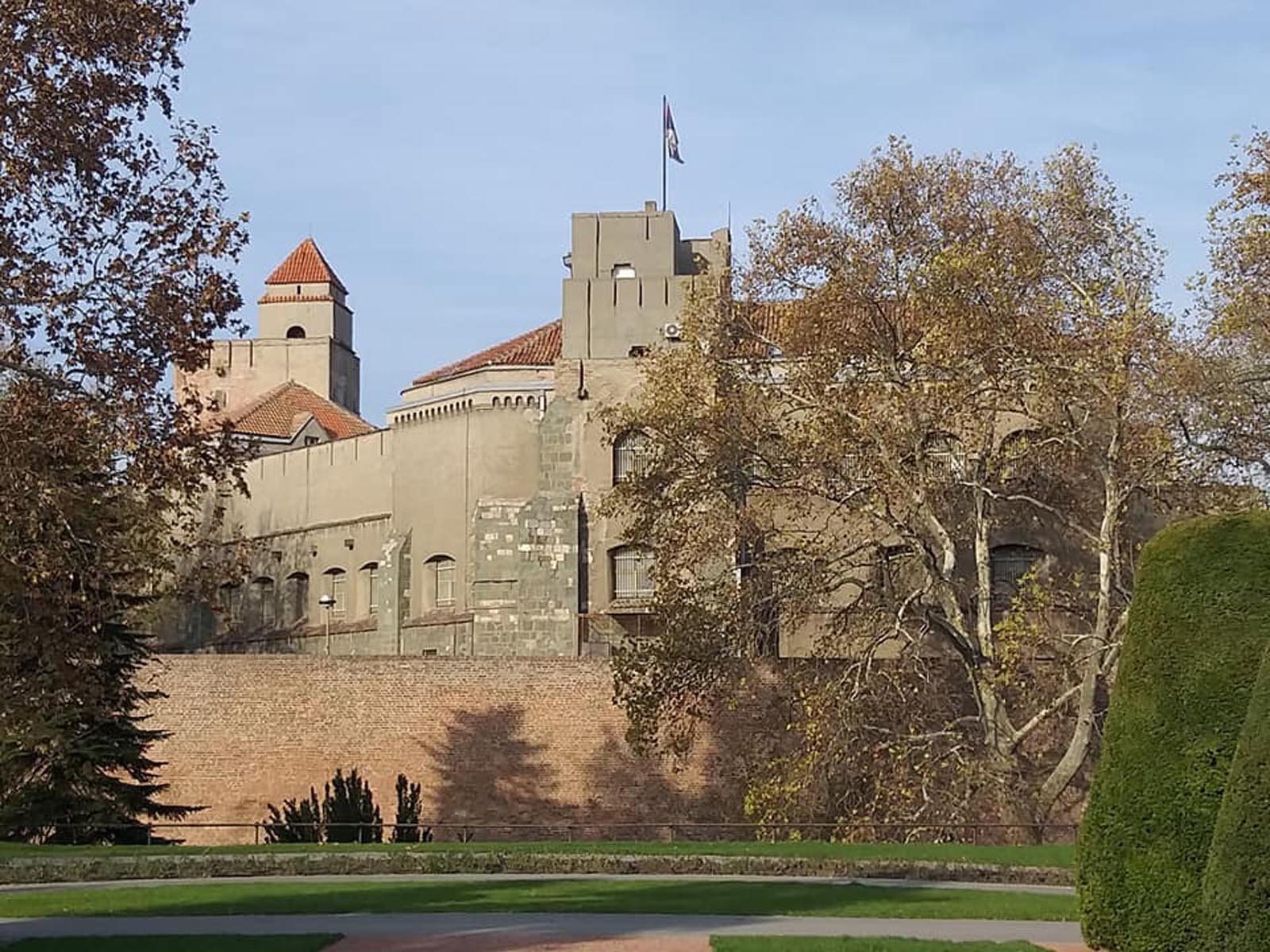
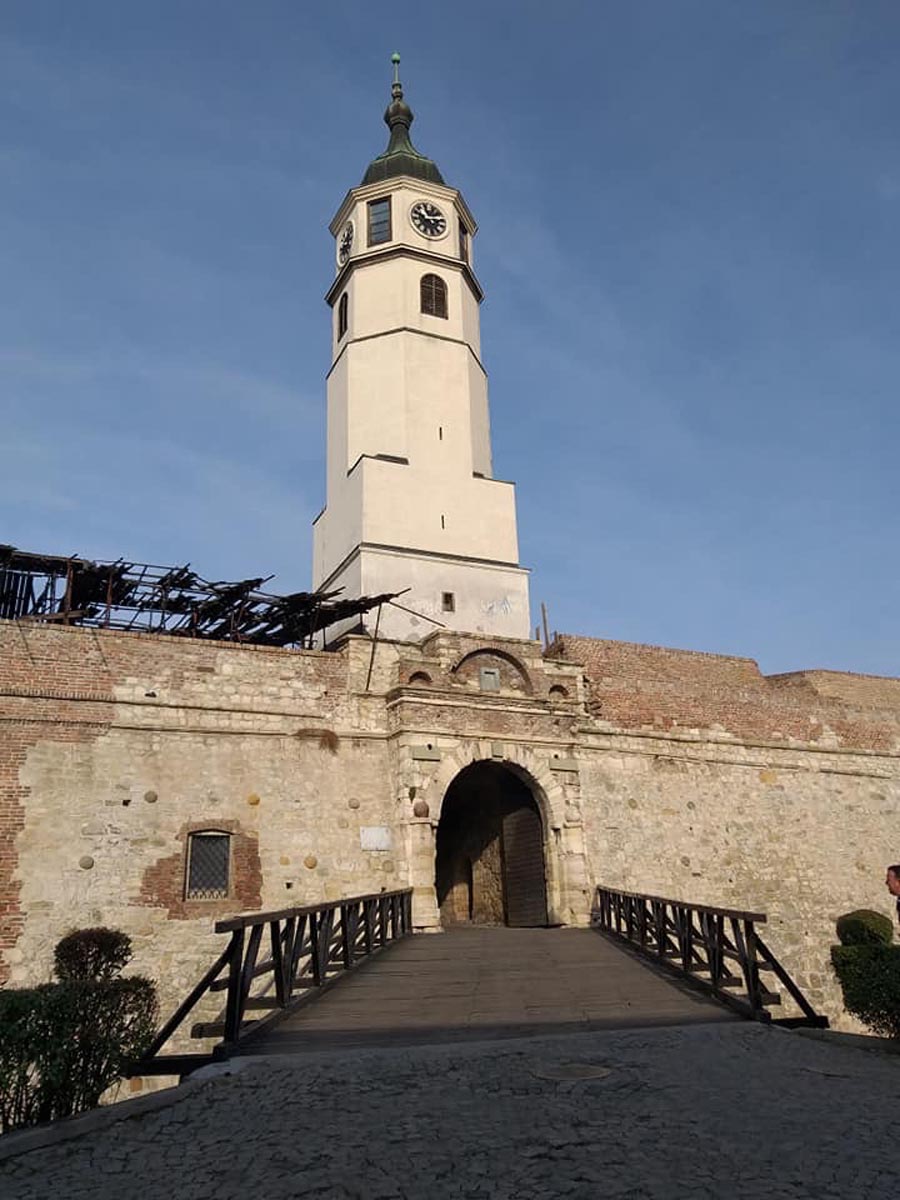
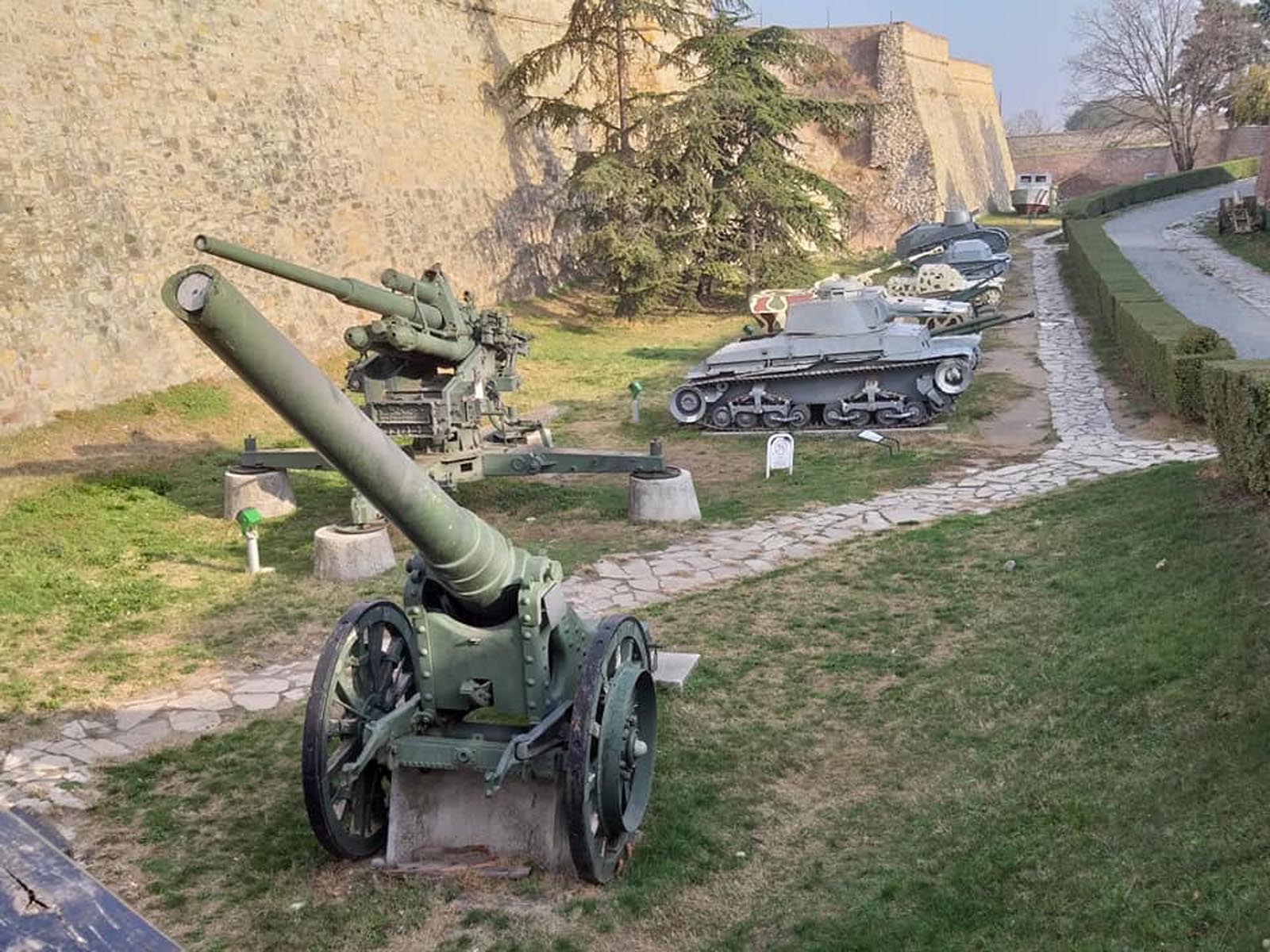
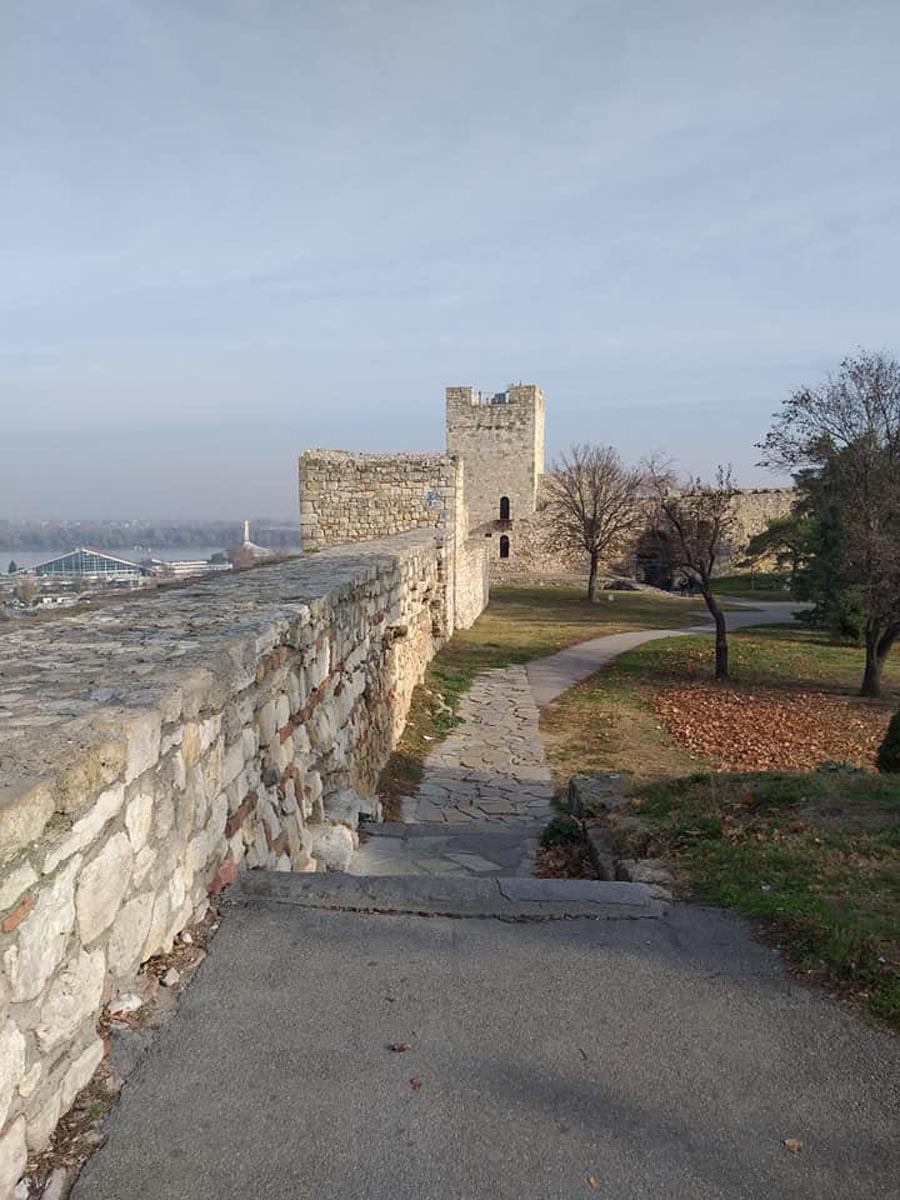
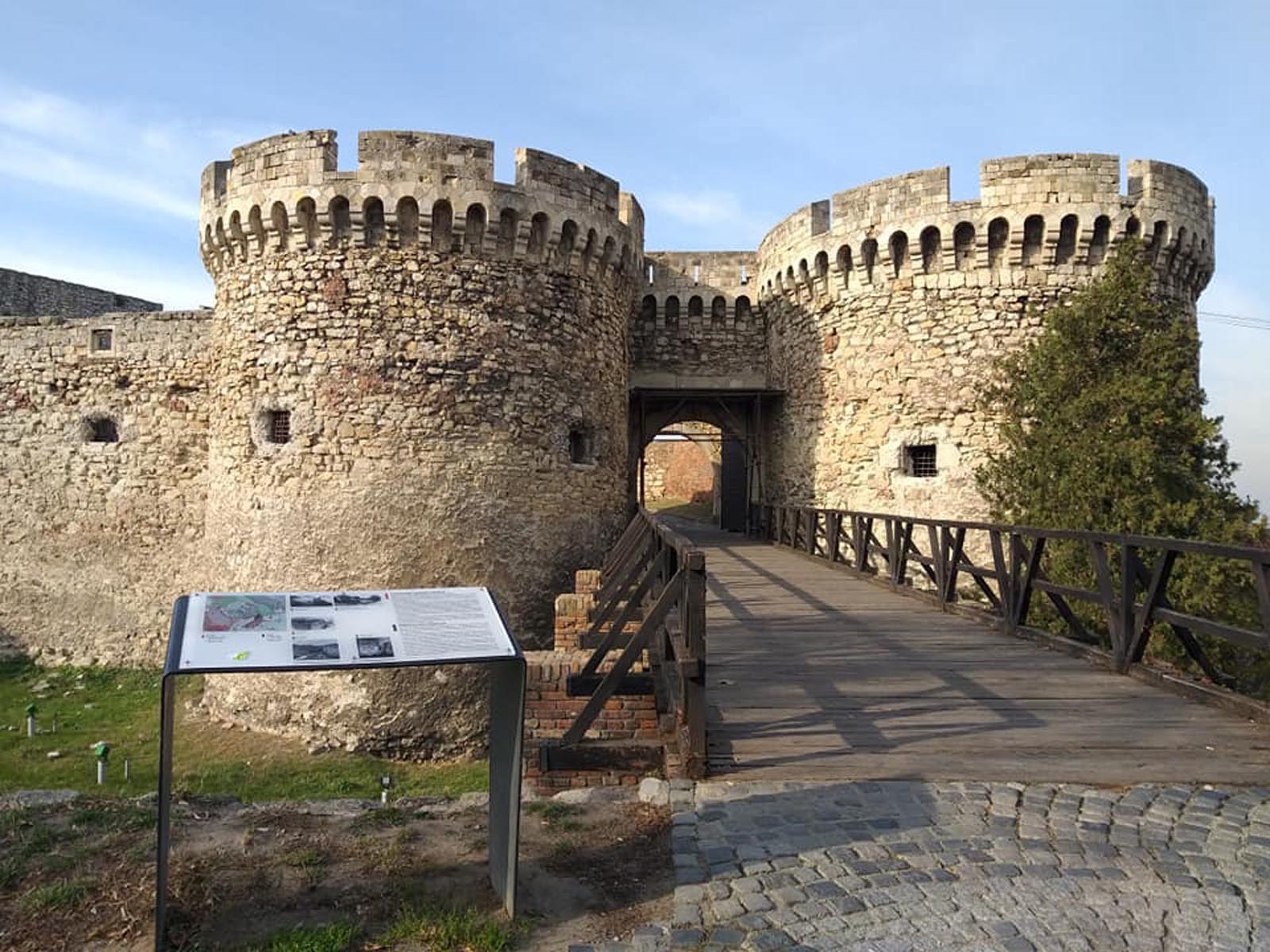
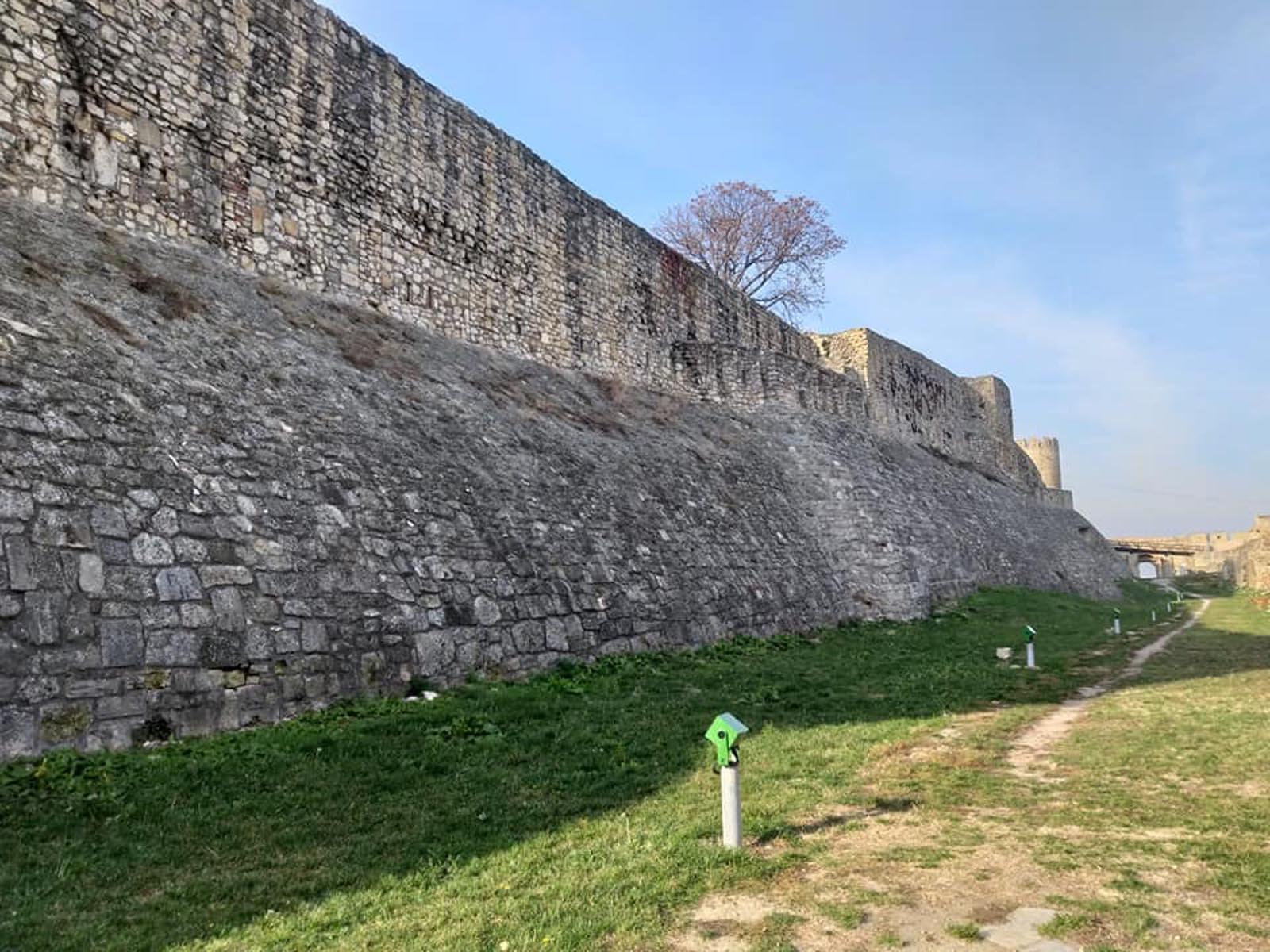
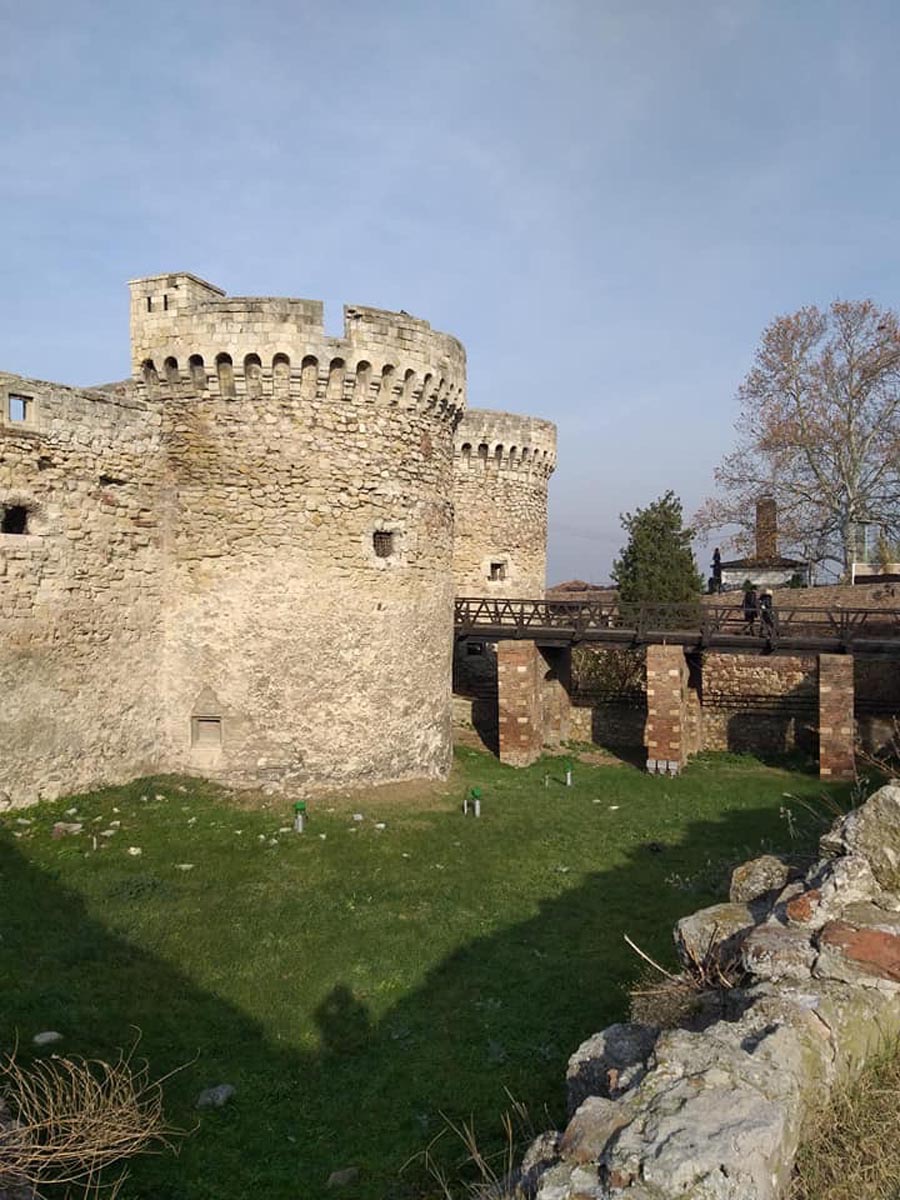
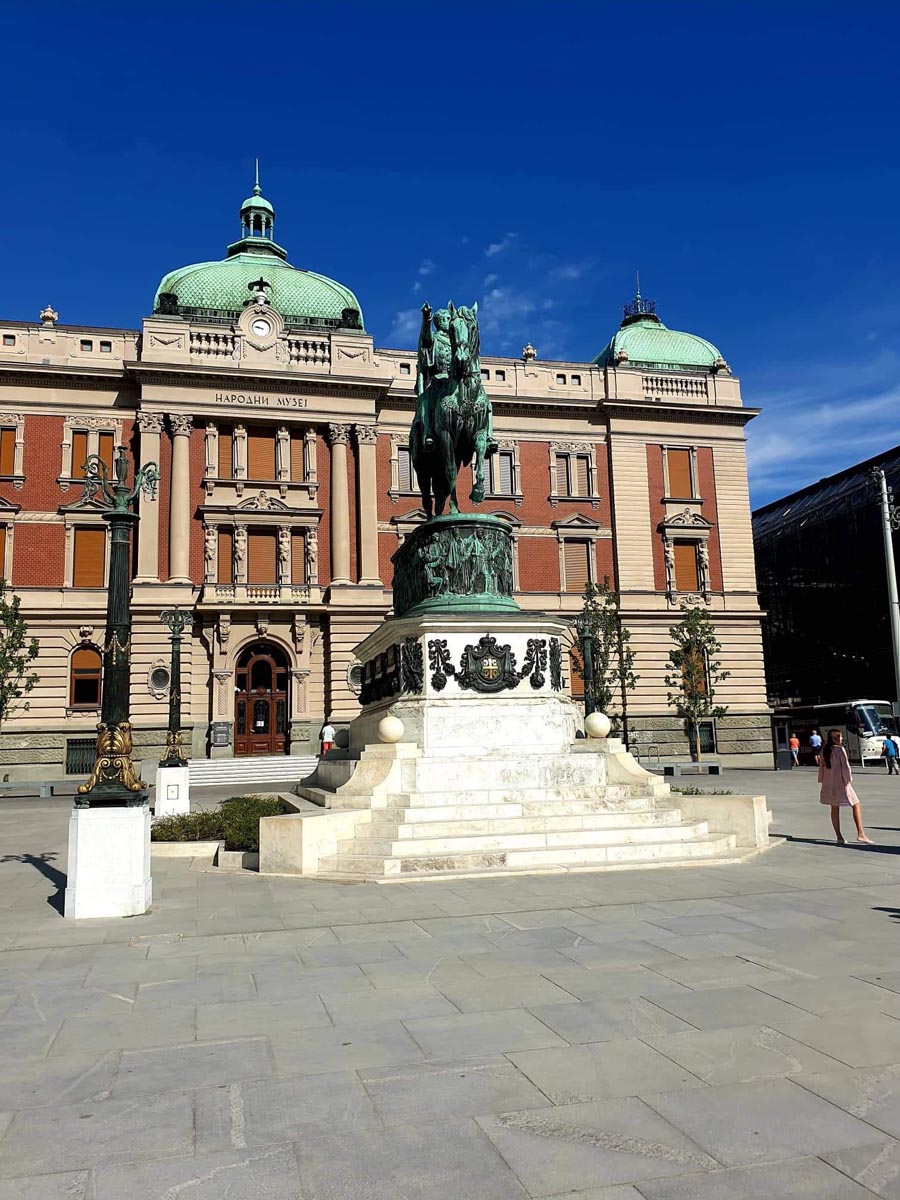
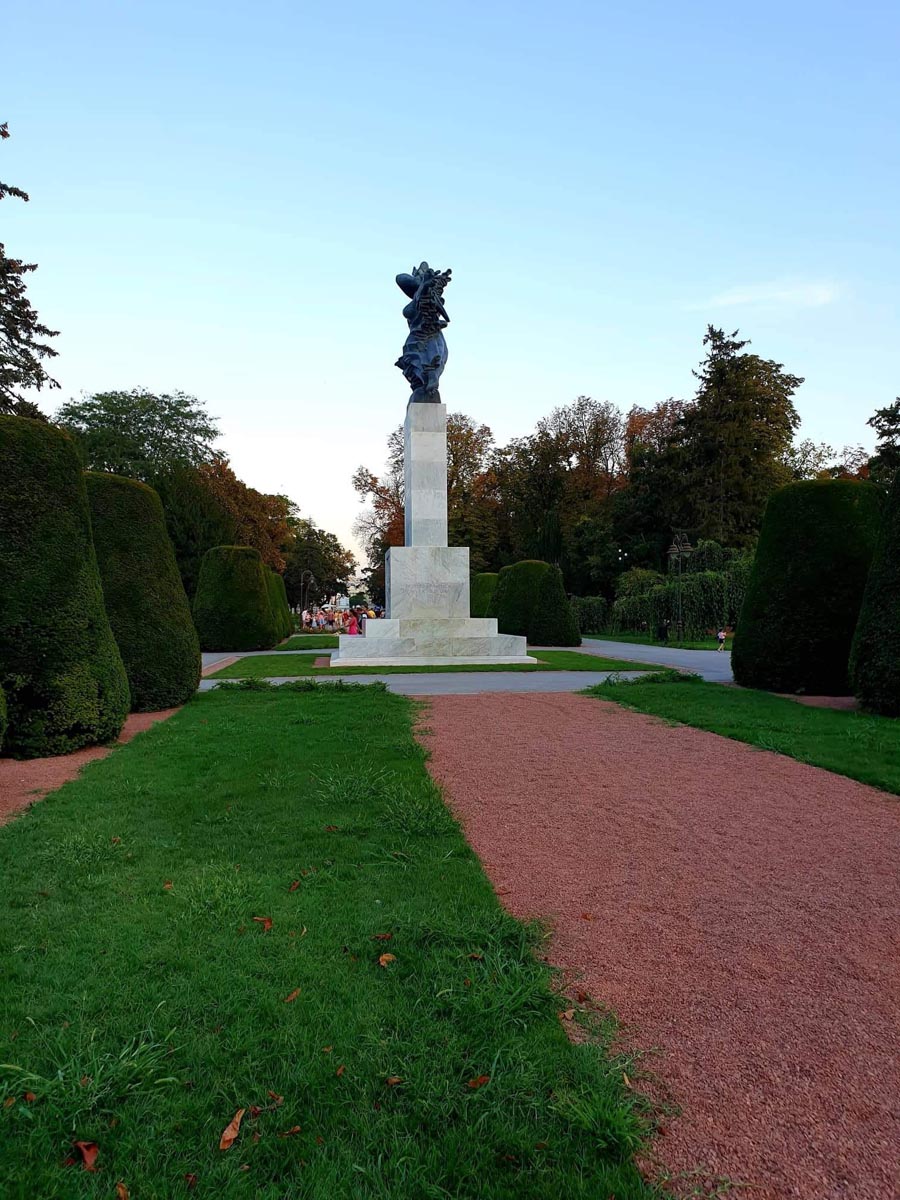
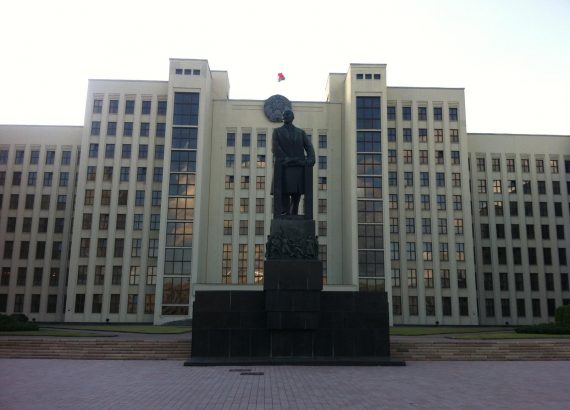
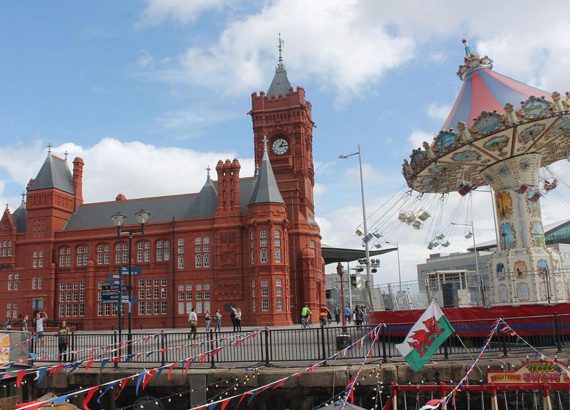
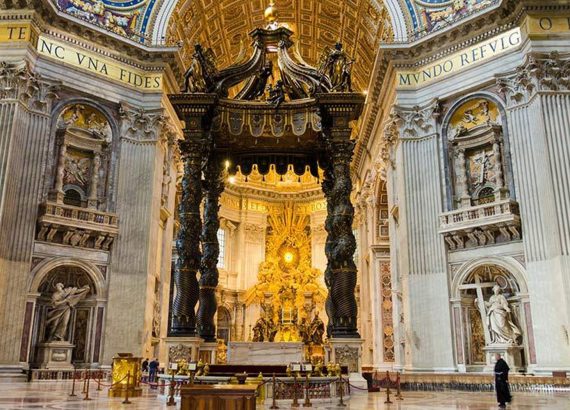
[email protected]
Sidaa baa lagu gali karaa Serbia